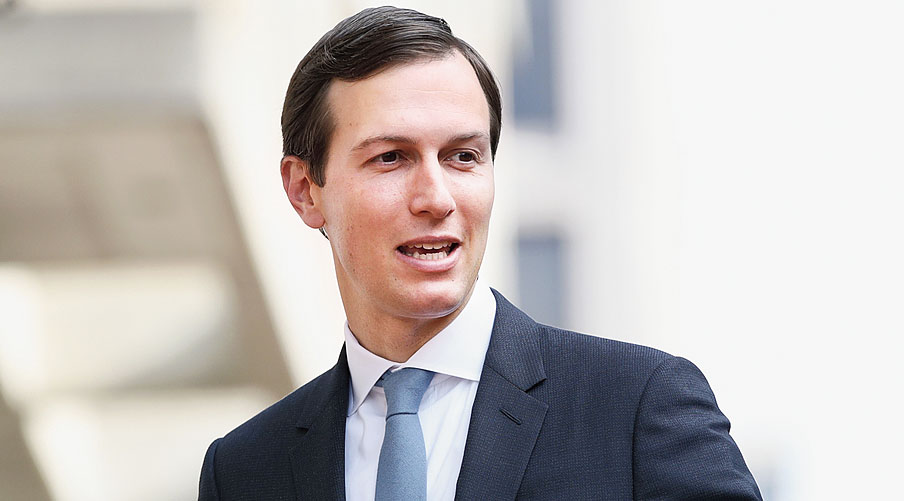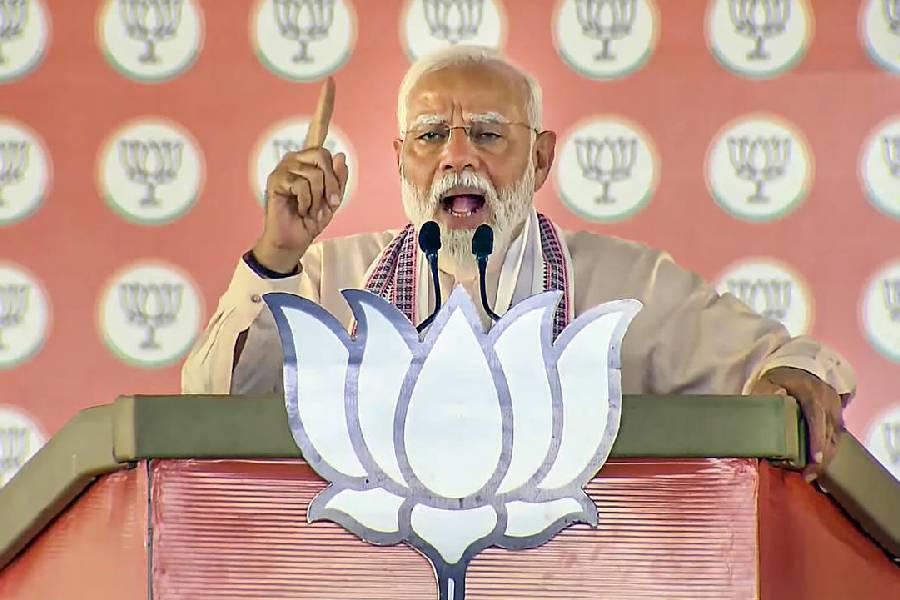The services sector in India has been driving economic growth for a long time now. Information technology and information technology enabled services have grown into international hubs of software and software-related exports. The high rates of macroeconomic growth have triggered demand for construction and real estate, trade and transport, and tourism. Even when the rates of growth in agriculture and industry have slowed down, the services sector has propped up the growth of the gross domestic product. The services sector contributes over half of the entire production in the Indian economy. This time, things seem to be a bit different. There has been an overall deceleration in growth in agriculture and industry; the services sector, too, seems to be in the same boat. The usual measure of the economic health of the services sector is in terms of the purchasing managers’ index where the value of 50 is the cut-off between expansion and contraction. The Nikkei/IHS Markit PMI is usually the index used in India. In May 2019, this index was the lowest since May 2018. The index declined to 50.2 from 54.3 in February 2019; the figure is still a touch above 50, and hence in the expansion phase. An index below 50 implies that the economy is in contraction.
Some questions are being asked about this unusual phenomenon of trouble in the services sector. One explanation could be that there were disruptions in the rather long-drawn electoral season and this might be just a temporary trend. The new stable government can restore optimism about the economy. Indeed, despite a decline in the index, new employment has been going up, indicative of future expansion. On the other hand, the international economic climate is undergoing a phase of great uncertainty with the possibility of a trade war between the United States of America and China looming large. Donald Trump’s sudden changes in immigration policies and visa rules have hurt the export of ITES. This pinch may not go away easily. Yet, contrary to expectations, India has, in the recent past, witnessed some expansion in foreign orders. But new domestic business orders have slumped. The economy has been so dependent on the services sector to deliver growth and employment that it is important to closely monitor developments in trends. The competitive advantage the economy has in these areas should not be allowed to be eroded easily. It is imperative that the economy does not fall into the middle income trap where growth rates stop accelerating.












